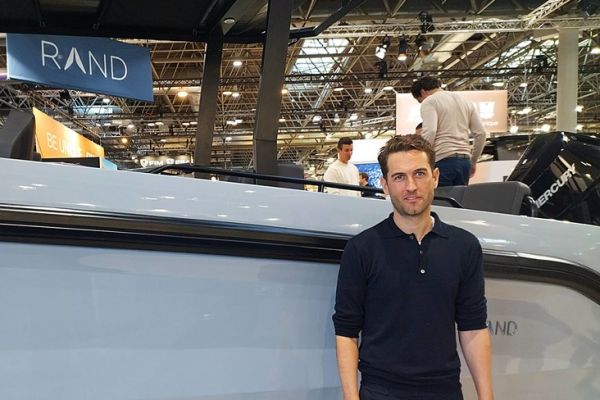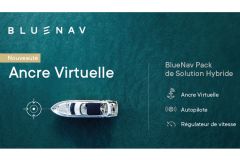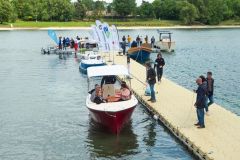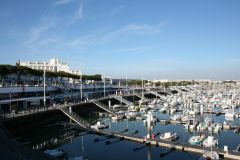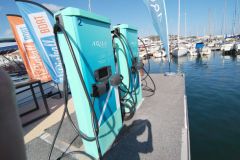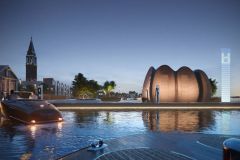Rand Boats is one of the recent success stories in the European yachting sector. Launched in 2013 by Dane Carl Rand, supported by his brother Oscar, the manufacturer of beautifully designed motorboats has made a name for itself in the market. Its CEO, Carl Rand, explains the company's commercial and environmental strategy.
Between the new Rand Roamer 29, the forthcoming Solara 33 catamaran and existing models, the range is wide. How is Rand Boats positioned and evolving?
We have defined 36 on-water experiences that cover 90% of the market. For each of these 36 experiences, we want to make a boat that really performs, so we have cafe-racers, adventure boats... This philosophy sets us apart from the rest. With the Solara 33 catamaran, we asked ourselves how we could provide a quiet lounge for having a good time on the water. The electric catamaran is ideal for cruising from bay to bay.
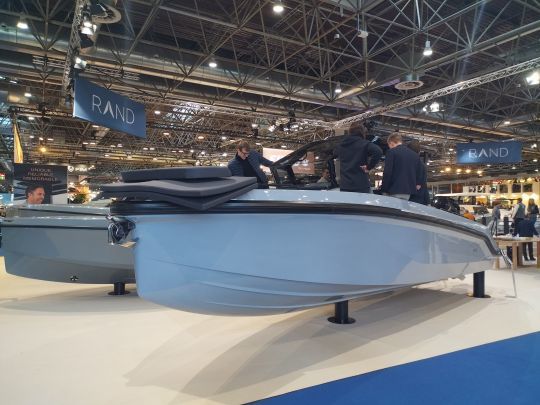
So far, we've covered 11 of the 36 experiences. With a boat for an experience every 3 to 4 months, we will have addressed 90% of the market by 2030.
How can we meet this ambition from an industrial standpoint?
We work with 3 separate factories, depending on boat size, each managing 5 to 10 models. Our own factory in Croatia makes the smaller models, while a second in Spain makes the medium-sized boats, and the third in Poland the larger ones.
Our target is 450 to 500 boats by 2024. For the moment, we're maxing out our molds with one boat a week.
How are you positioned in the market, geographically and in terms of target customers?
Our biggest markets are Spain, France and the Netherlands, as well as the United States and Australia. Then there's the rest of Europe.
We're positioning ourselves in the mid-to-high end of the market, aiming to appeal to a wide audience. The Solara 33 will be priced at ?239,000 for a 33-foot catamaran. We want to be recognized for our design, but also for our quality, which requires the skills to produce.
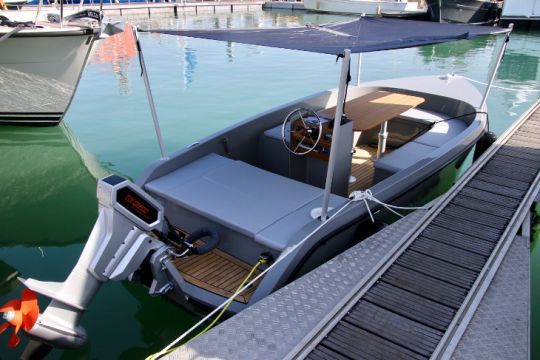
How does Rand Boats integrate environmental issues?
Our boats are 30 to 40% lighter than most of our competitors, and therefore consume less fuel. We use the greenest possible infusion and resin, with 30% organic polyester. Non-structural parts are made from linen and basalt.
On the propulsion side, we have our own electric Inboard motor technology. Electricity accounts for 60 to 65% of our sales, and by increasing by 10% a year, we aim to reach 10% by 2030.

